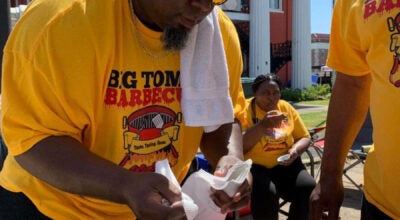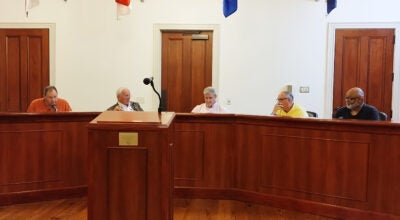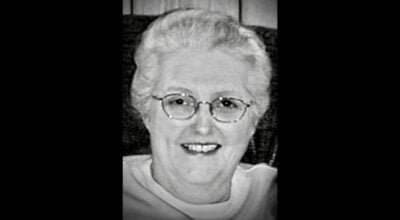Smithsonian exhibit to be shown here next year
Published 3:54 pm Friday, March 14, 2014
What would life be like without teachers, doctors or firefighters?
Every day, Americans are hard at work on farms, factories, in homes or at desks keeping our communities thriving.
The Marengo County History and Archives Museum, working with the Alabama Humanities Foundation, will explore the professions and people that sustain American society when it hosts “The Way We Worked,” a Smithsonian Institution traveling exhibition.
The exhibit will be on view in Demopolis next spring, from April 6-May 6, 2015.
The museum and Marengo County Historical Society are seeking help from local businesses and individuals to participate in the exhibit by providing exhibition material or volunteering time.
There will be two planning meetings March 25 at the museum, which is in the Rosenbush Building, 101 N. Walnut Avenue in downtown Demopolis.
The meetings are scheduled for noon (bring a sack lunch) and 5:30 p.m. Both meetings will cover the same information.
Demopolis was chosen by the Alabama Humanities Foundation to host “The Way We Worked” as part of the Museum on Main Street project.
The exhibition will tour six communities in Alabama from July 2014 to June 2015: Pell City, Athens, Valley, Cullman, Demopolis and Dothan.
“The Way We Worked,” adapted from an original exhibition developed by the National Archives and Records Administration, explores how work has become a central element in American culture.
It traces the many changes that have affected the workforce and work environments during the past 150 years, including the growth of manufacturing and increasing use of technology.
The exhibition draws from the Archives’ rich collections, including historical photographs, archival accounts of workers, film, audio and interactives, to tell the compelling story of how work impacts our individual lives and the historical and cultural fabric of our communities.
“We are very pleased to be able to bring ‘The Way We Worked’ to our area,” said Mary Jones-Fitts, president of the Marengo County History and Archives Museum. “It allows us the opportunity to explore this fascinating aspect of our own region’s history, and we hope that it will inspire many to become even more involved in the cultural life of our community.”
Since 1997, the foundation has partnered with the Smithsonian to bring the Museum on Main Street program to small cities and rural communities across Alabama.
“Allowing all of our state’s residents to have access to the cultural resources of our nation’s premiere museum is a priority of the Alabama Humanities Foundation,” said Executive Director Armand DeKeyser. “With this special tour, we are pleased to be working with the Marengo County History and Archives Museum and the Marengo County Historical Society to help develop local exhibitions and public programs to compliment the Smithsonian exhibition.”
The Alabama tour of “The Way We Worked” has been made possible by the Alabama Humanities Foundation, the Alabama Power Company and Norfolk Southern Railroad.
Museum on Main Street is a collaboration between the Smithsonian Institution Traveling Exhibition Service (SITES), state humanities councils across the nation, and local host institutions.
To learn more about “The Way We Worked,” visit museumonmainstreet.org www.museumonmainstreet.org Support for Museum on Main Street has been provided by the United States Congress.
SITES connects millions of Americans with their shared cultural heritage through a wide range of art, science and history exhibitions. State humanities councils, located in each state and U.S. territory, support community-based humanities programs that highlight such topics as local history, literature and cultural traditions. To learn more, visit sites.si.edu www.sites.si.edu or alabamahumanities.org www.alabamahumanities.org.





